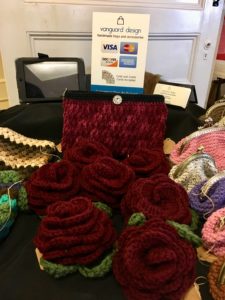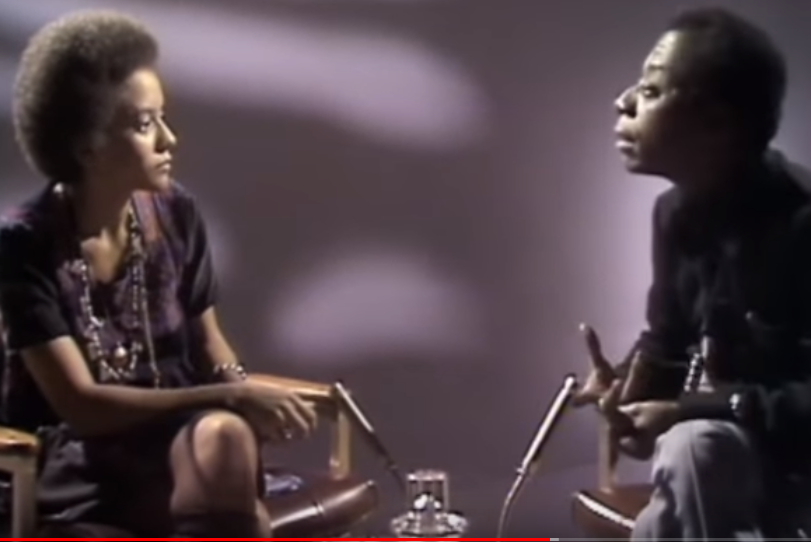Time To Spring Clean Your Content Strategy
 Starting today, Global Wire Associates is giving ten percent discount on our suite of communication services through 31 March 2019. Now is a great time to clean up and refresh content strategy.
Starting today, Global Wire Associates is giving ten percent discount on our suite of communication services through 31 March 2019. Now is a great time to clean up and refresh content strategy.
Check out our offerings and let us help you with your next communication project. Contact us today.
Brand Development
Having a clear brand strategy is very important for every individual and organization today, but are you clearly delivering your message? Whether you are looking to motivate your customers or supporters, establish credibility or grow your organization, it is vital to spend time researching and building your brand with a solid content development strategy. We can help you develop a brand strategy that serves your content marketing purposes.
Content Strategy
It really doesn’t matter how fabulous your website looks or how many social media tools you use. If you don’t have great content on your sites, most people will not only not care about your web presence, but they will also not care to learn more about you or your organization. Having high-quality content on your web presence is a top priority for establishing both your credibility and your brand. Global Wire Associates can write and edit persuasive copy, as well as provide suggestions on how to best use digital photos, graphics, and video for marketing your cause, service or product.
Copywriting
You might already have a content strategy in place and are just looking for someone to write copy for your blog, website or other marketing collateral. We can also provide ghostwriting services for confidential purposes. Our staff is made up of experienced writers, journalists, graphic and web designers and other multimedia content producers ready to serve you.
Media Development
Global Wire Associates was started by journalists guided by the principles of freedom of expression and diversity in journalism. We provide technical training for journalists around the world who support democratic dialogue through a free, independent media.
Media For Development
Media for development is a term referring to the use of mass media to convey messages about current international development issues. We work with individuals and organizations in developing countries on constructing content strategies and message development.


